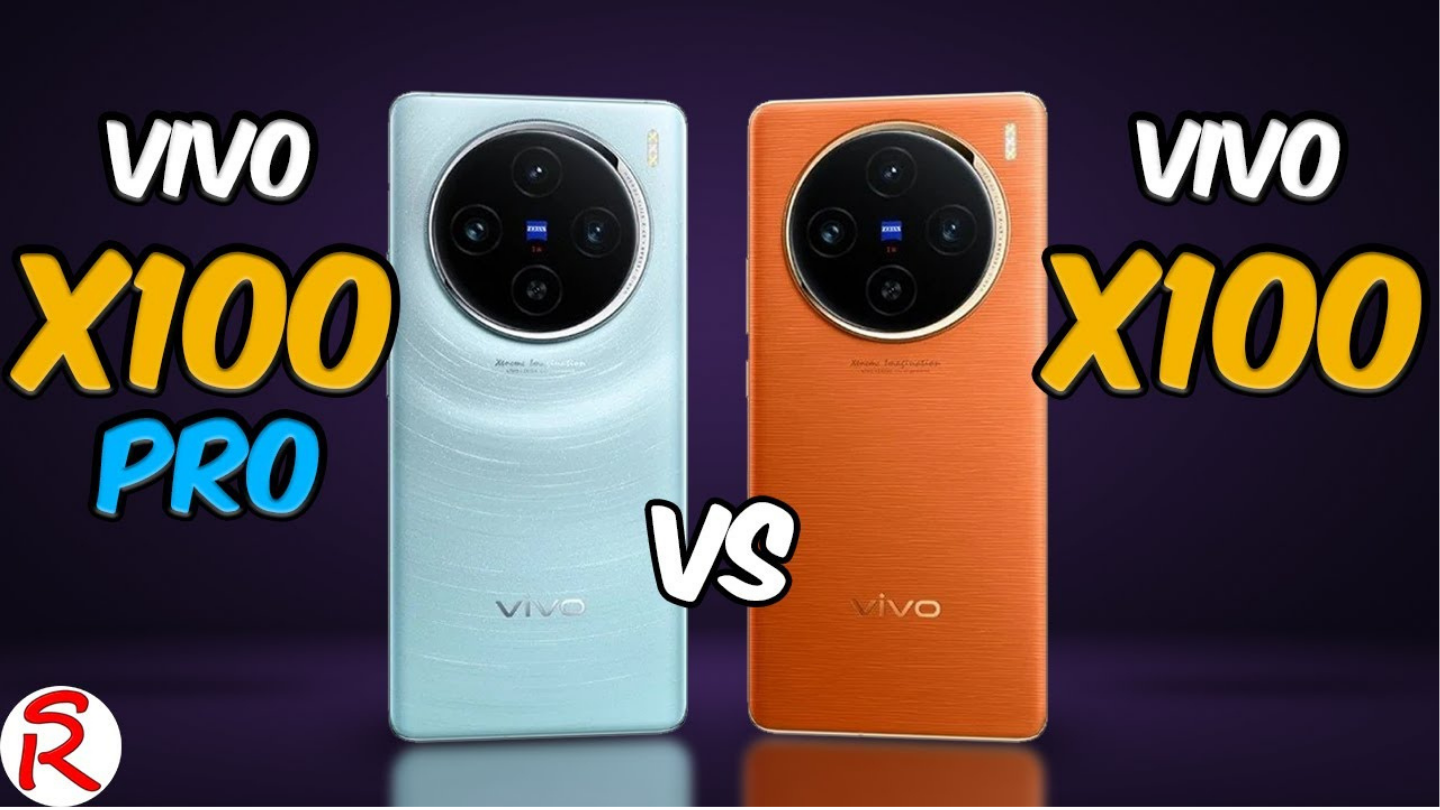The ROG Ally is ASUS’ attempt to break into the lucrative handheld gaming market where Valve’s Steam Deck reigns supreme. Announced mid-way through 2023, the all-new ROG Ally offers a powerful alternative to gaming aficionados in the form of the two-in-one Z1 and Z1 Extreme models, though it’s been met with some criticism for poor battery life and poor thermal design.
The ASUS ROG Ally is a portable Windows 11 gaming machine that runs on AMD’s latest Ryzen Z1 Series processor family. The ROG Ally uses AMD’s RDNA 3 graphics technology.
The Z1 Extreme model of the ROG Ally is the more powerful of the two. It has eight Zen 4 CPUs and twelve RDNA 3 graphics cores. The Z1 model, on the other hand, has six CPUs and four graphics cores. The difference between the two models means that the Z1 Extreme is slightly more powerful, but it’s also more expensive. The retail price of the Z1 Extreme starts at $699.99, while the ROG Ally starts at $599.99.
The ROG Ally is lightweight, easy to use controls, and delivers an immersive gaming experience. It also comes with three months Xbox Game Pass Ultimate, and supports multiple gaming platforms.
However, the ROG Ally isn’t without its flaws. We’ve listed some of them below, including issues with microSD card slots and battery life.
Valve’s Steam Deck: The Budget Behemoth
Launched in 2022, Valve’s Steam Deck has carved out a niche for itself by integrating with Valve’s own digital distribution platform, Steam. It comes in a variety of models, and storage is a key factor that makes it stand out from the crowd. It offers more budget options compared to ROG Ally, and the OLED models, especially the 512GB, 512GB, and 1TB models, have been praised for their excellent display quality, built-in Wi-Fi, Bluetooth, and battery life, as well as a smooth console experience and the ability to play games across multiple platforms (including Game Pass).
When it comes to specs and price, you have to choose between the Steam Deck and the ROG Ally. The Steam Deck has more options and a lower retail price, while the ROG Ally has higher performance capabilities. It all comes down to your personal preferences and your gaming needs.
ASUS has responded to the ROG Ally’s thermal design issues by fixing the heat shield. As the handheld gaming market evolves, companies such as ASUS and Valve are constantly innovating to give gamers the best possible gaming experience.











